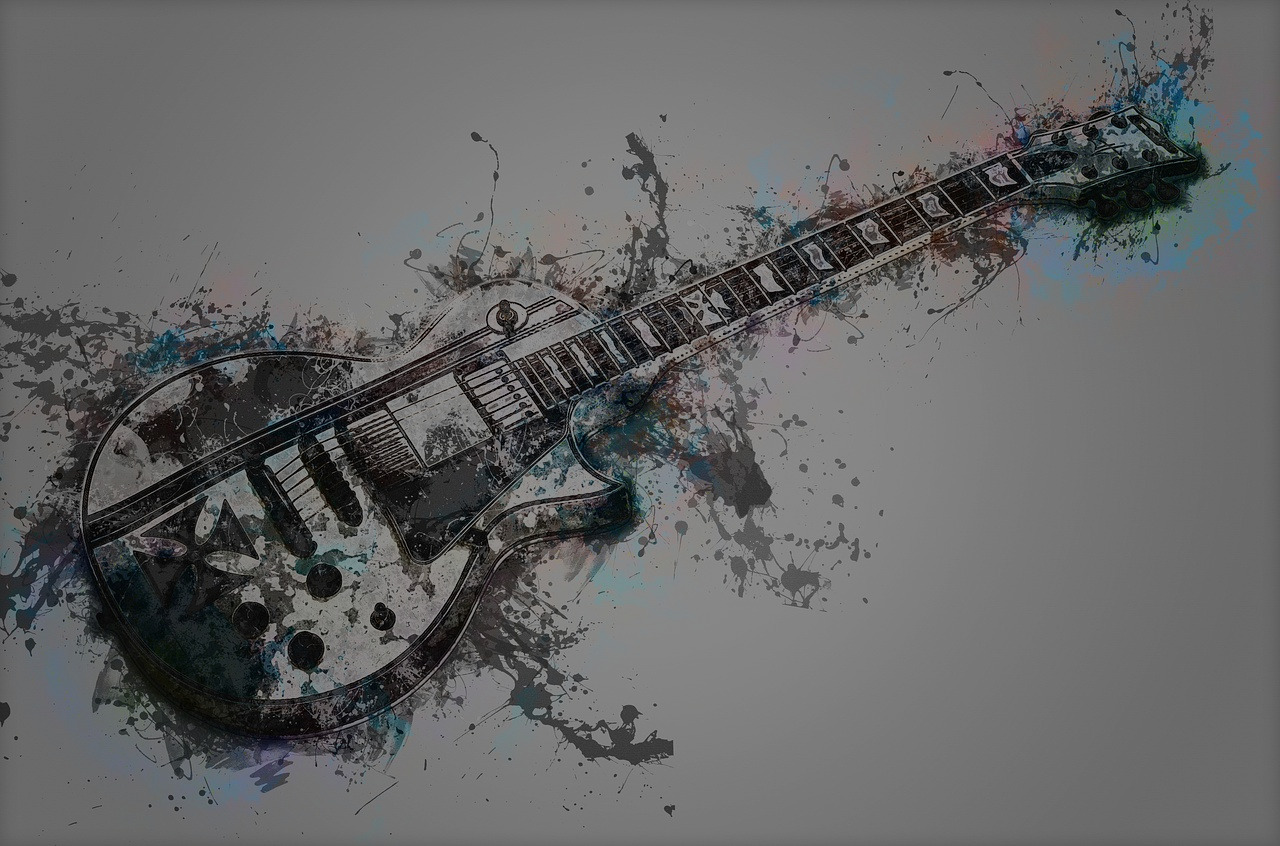Latin music energizes dance floors, but salsa and bachata rule. Both have Latin roots, but dancers and listeners have different experiences. Let’s examine these rhythms’ main differences.
A Tale of Two Speeds: Tempo and Feel
Fast-paced salsa energizes the dance floor. Picture a 150–250-bpm heartbeat. Syncopated rhythms with focus on off-beats create an engaging groove that makes you move.
Bachata moves slower, between 120 and 160 BPM. Its simple rhythm and downbeat give it a sensual, romantic sense.
Instrumentation: A Sound Symphony
Salsa’s orchestra is larger. Brass sections add fire, congas and timbales drive rhythms, piano and bass provide harmony, and strings add elegance.
Bachata is more intimate, using guitars (electric and acoustic), bongo drums, and maracas for rhythm. Adding a bass guitar may enhance the sound.
Dance Moves: The Connectivity
Salsa is a social dance that values footwork and partnerwork. Expect sophisticated footwork, spins, and turns, but also opportunity for play between couples.
An intimate dance, Bachata emphasizes sensuality and connection. Couples dance closer, swaying to the slower music.
Conclusion: Finding Your Groove
Both salsa and bachata provide unique experiences, whether you want high energy or romance. Wear your dancing shoes, turn up the volume, and discover Latin music! Your new favorite move and groove may be found.

